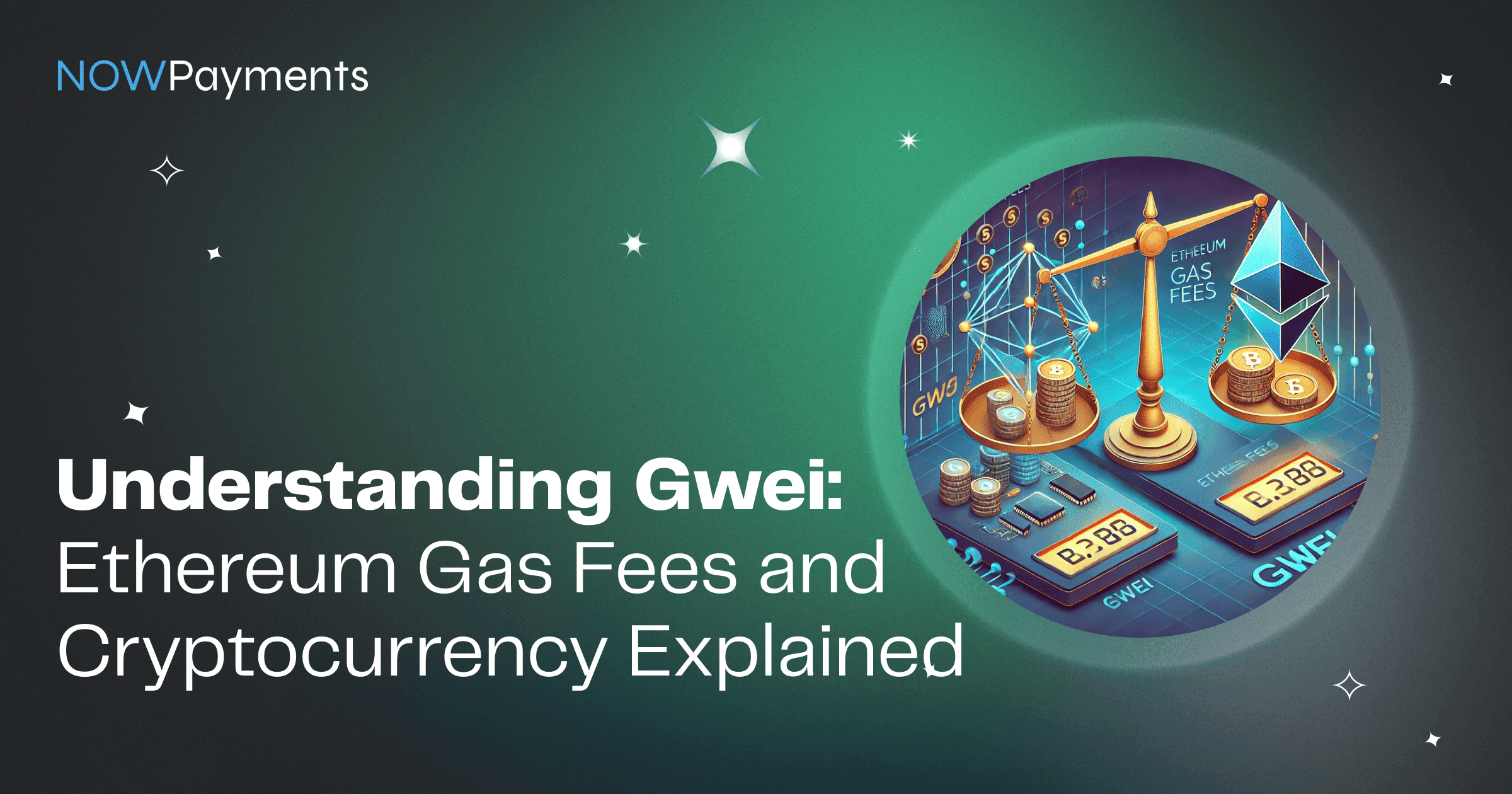Gwei is a unit of measurement used to express gas fees on the Ethereum network, which is essential for processing transactions within the Ethereum blockchain. It is a denomination of ether, the native cryptocurrency of the network. Specifically, one gwei is equal to 0.000000001 eth, making it the smallest denomination of ether after wei. In the context of transaction fees, gwei helps users understand the gas price they need to pay to incentivize validators to process their transactions efficiently. As the Ethereum network experiences network congestion, gwei values can fluctuate, leading to varying Ethereum transaction fees.
When users interact with decentralized applications or execute smart contracts, they must consider the gas limit and the gas price in gwei to ensure their payments are processed without delays. Transaction fees are priced based on current gwei rates, which can be influenced by multiple factors, including ether’s market value and overall demand for network resources. In the larger context of cryptocurrencies, gwei serves as an important fractional unit that allows users to better manage their crypto transactions on the Ethereum network, especially when compared to Bitcoin and its own fee structures.
Understanding Gwei
Understanding gwei is crucial for navigating the Ethereum platform, especially when considering ethereum gas fees. Gwei is a denomination of ether, the native cryptocurrency used on the Ethereum network, where one billion gwei equals one ether. This unit allows users to pay for transaction fees on the network, compensating Ethereum developers and nodes for their computational efforts in processing transactions. Each transaction incurs a fee, and gwei represents small fractions of this cost, with wei being the smallest denomination, akin to satoshi nakamoto in the Bitcoin world.
When users make payments, they are essentially paying for the computational resources used by the Ethereum virtual machine. The fees charged in gwei can vary significantly based on network congestion, making it essential for users to understand how much one gwei translates in terms of ethereum gas fees. Industry experts often explain this cryptocurrency in terms of fractions to help users grasp how units can be used efficiently. For informational purposes, it’s important for all wallet holders to be aware of these dynamics to optimize their transactions on the Ethereum platform.
Ether Denominations Explained
Cryptocurrency explained often begins with the foundational digital coins like bitcoin and ethereum. Among these, cryptocurrency ether serves as the primary currency for transactions on the Ethereum network. Users can execute a transaction on ethereum to transfer funds from one wallet to another. However, these transactions incur gas fees, which are costs associated with processing and validating operations on the blockchain. The cost of gas fluctuates based on demand, measured in gwei, with common rates around 100 gwei.
To facilitate payments made by users, gas is required to charge transaction fees that compensate miners. Gas fees also help maintain network security and efficiency. For crypto enthusiasts seeking to minimize transaction fees, layer 2 solutions are becoming increasingly popular as they offer lower gas costs. Unlike traditional fiat currency like dollar or euro, where the value is stable, the value of Ether can vary significantly, creating opportunities for both profits and losses.
Additionally, while ADA Lovelace represents another cryptocurrency, the advantages of Ethereum extend beyond simple transactions. Users pay gas costs to enable smart contracts and decentralized applications, making it a versatile platform for developers. As the network evolves, understanding how gas fees work and how to effectively manage them will be crucial for anyone engaging in the cryptocurrency landscape.
How Much ETH Is 1 Gwei?
In the world of Ethereum, understanding how much ETH is equivalent to 1 gwei is crucial for users engaging in transactions. Gwei is a unit for users that represents a fraction of ETH, specifically equal to 0.000000001 ETH. Ethereum uses this measurement to determine amount of gas required for transactions, and the fees calculated are often made by users to compensate for the computational power needed to process their requests.
The secure the ethereum network relies on these gas fees, which are essential for maintaining the overall functionality of the blockchain. By reducing gas fees, users can optimize their transactions and ensure that their crypto wallet remains efficient. As a digital coin used in transactions, ETH’s value can fluctuate, just as fiat currency depends on market conditions. Understanding the relationship between ETH and gwei is vital for anyone looking to navigate the digital cryptocurrency storage landscape effectively.
Conclusion
Gwei plays a crucial role in the Ethereum ecosystem, serving as the unit for measuring gas fees that enable transactions, smart contracts, and decentralized applications. Understanding how gwei translates to ETH and how gas fees fluctuate based on network congestion is essential for users looking to optimize their transactions. As Ethereum continues to evolve, knowledge of gas pricing mechanics helps users manage transaction costs more effectively and engage seamlessly with blockchain applications.
For those leveraging cryptocurrency payments, integrating platforms like NOWPayments can simplify transaction processes by offering efficient payment solutions that minimize complexity and enhance cost-effectiveness. Whether sending payments, interacting with dApps, or executing smart contracts, having a clear understanding of gwei ensures smoother experiences within the Ethereum network.

